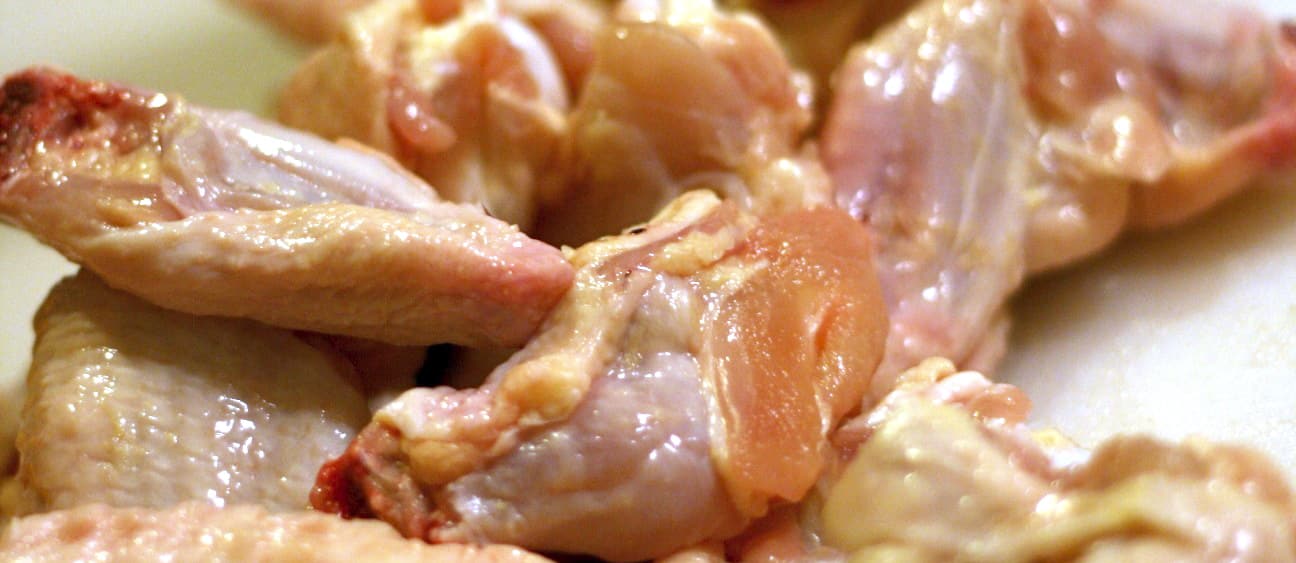Dioxin, industrial pollutant of Agent Orange infamy, has been called “the most toxic compound synthesized by man.” Not only is dioxin considered a known human carcinogen, adverse health effects may include cardiovascular disease, diabetes, endometriosis, early menopause, reduced testosterone and thyroid hormones, altered metabolism and immune responses, and skin, tooth, and nail abnormalities. Exposure during pregnancy can result in altered thyroid, brain, immune system, and reproductive organ development.
The Environmental Protection Agency start testing Americans’ tissues for dioxin levels back in 1982, and after 3 decades of delay is releasing new guidelines this month that would set limits on the safe exposure of U.S. consumers to this class of toxic chemicals. In response, the National Chicken Council, American Meat Institute, and other industry groups complained to the White House that their products “could arbitrarily be classified as unfit for consumption.” But the classification wouldn’t be arbitrary at all; it would be based on the level of dioxin contamination in the food.
Warning consumers about the risk could “scare the crap out of people,” the industry groups contend, and “have a significant negative economic impact on all U.S. food producers.” But that’s not true either. According to the Food and Drug Administration, “over 95% [of dioxin exposure is] coming through dietary intake of animal fats.”
The only reason “nearly every American – particularly young children – could easily exceed the daily RfD [reference dose exposure limit] after consuming a single meal” is because Americans currently eat so much meat, eggs, and dairy.
Consumer food safety champion Caroline Smith DeWaal praised the EPA’s decision to set a dioxin safety limit but stressed the agency needs to take it a step further: “Having a limit is always a good thing, but consumers will need to know how to translate it into their daily diet.”
Fish is the most contaminated (see Farmed Fish vs. Wild-Caught, The Problem with Organic Salmon). Second only to fish in terms of industrial toxic waste in our food supply, is eggs (see also Food sources of PCB chemical pollutants). Third most contaminated is dairy. The National Cheese Institute and International Ice Cream Association also predictably opposed the EPA dioxin limit, fearing it “would scare consumers away from our products.”
-Michael Greger, M.D.
